Researchers have developed an optimization program to design the behavior of small e-puck robots to allow them to work in unison.
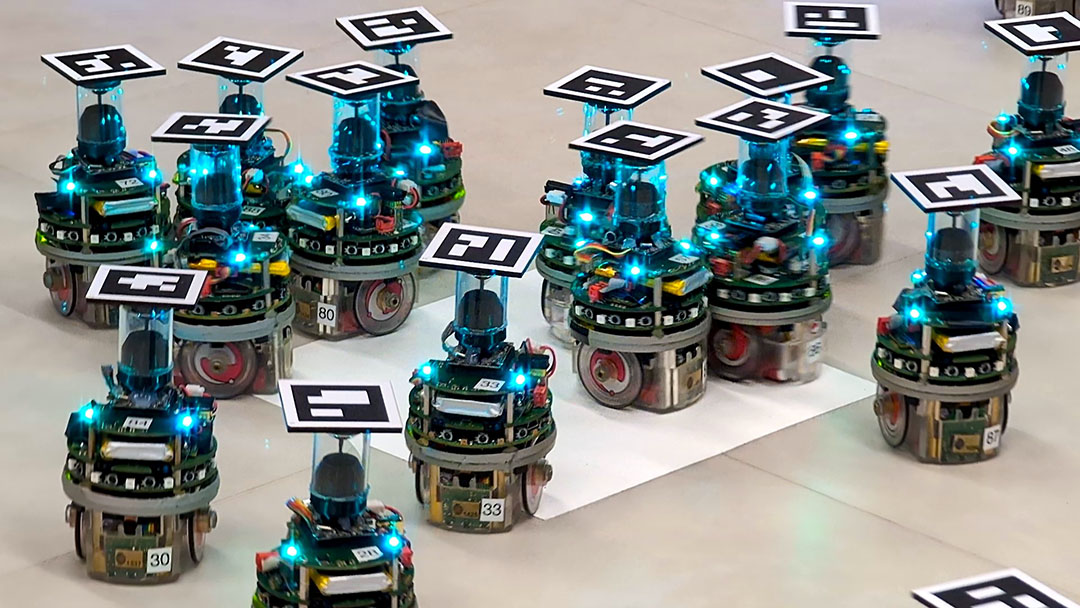

Researchers have developed an optimization program to design the behavior of small e-puck robots to allow them to work in unison.
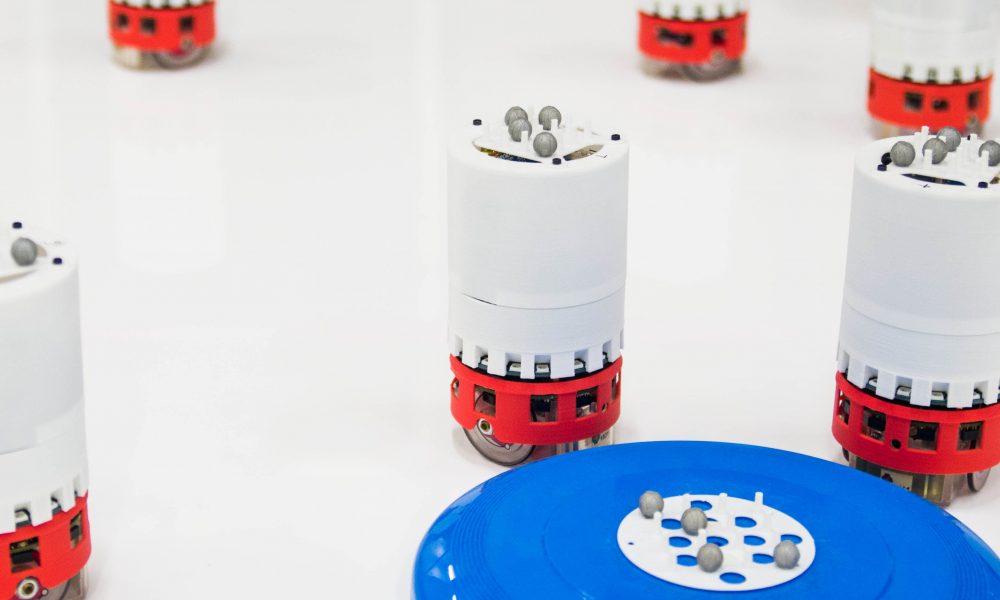
Inspired by swarm behavior in nature, researchers have developed a robot swarm with the ability to overcome the constraint of off-line resources.

Monarch butterflies have inspired the design of 3D-printed robotic wings that rely on magnetic fields to generate their delicate movements.
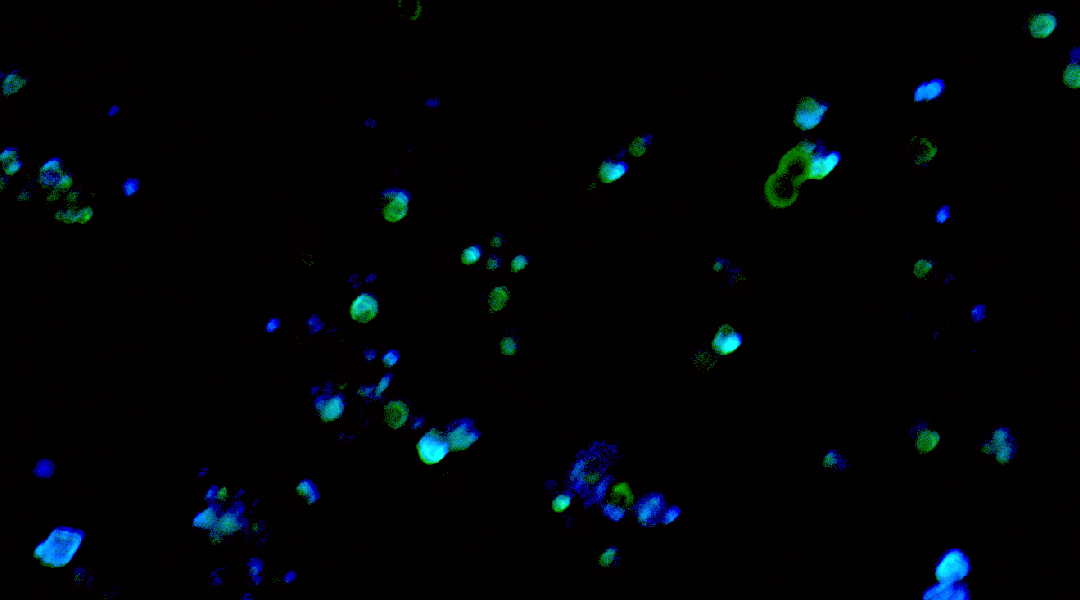
Swarms of iron-clad algae have been built to sweep through bodies of water to collect elusive bits of micro- and nanoplastics.
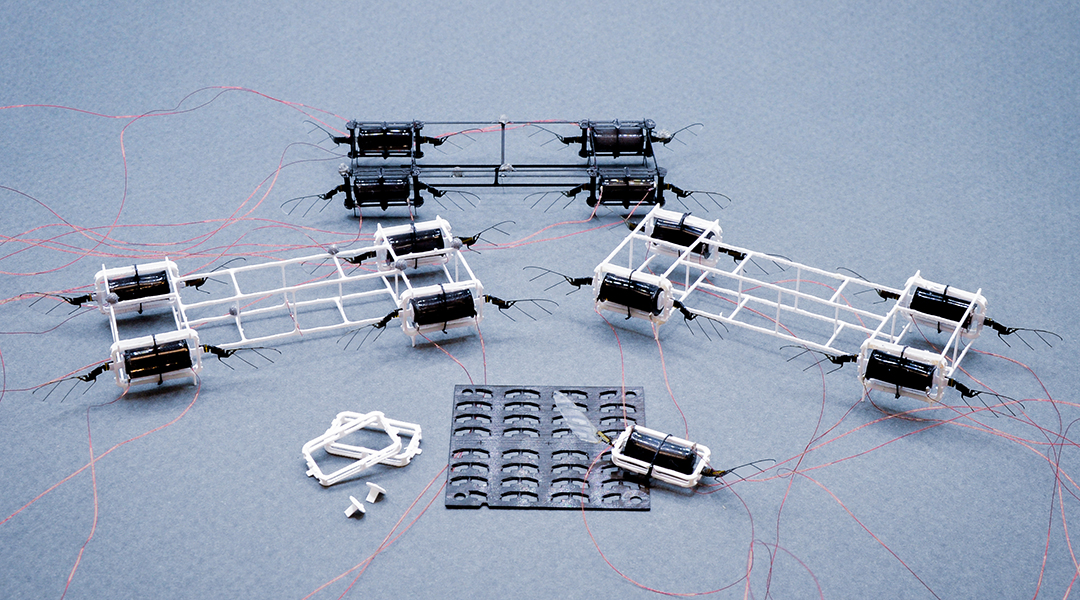
To make swarms of honeybee-sized robots, researchers propose new design and fabrication methods to cut down on time and resources.

Modeled after nature’s builders, a swarm of 3D printing drones work together to build large structures while in flight.

Specially designed microrobots could help clean plastic waste from water systems.
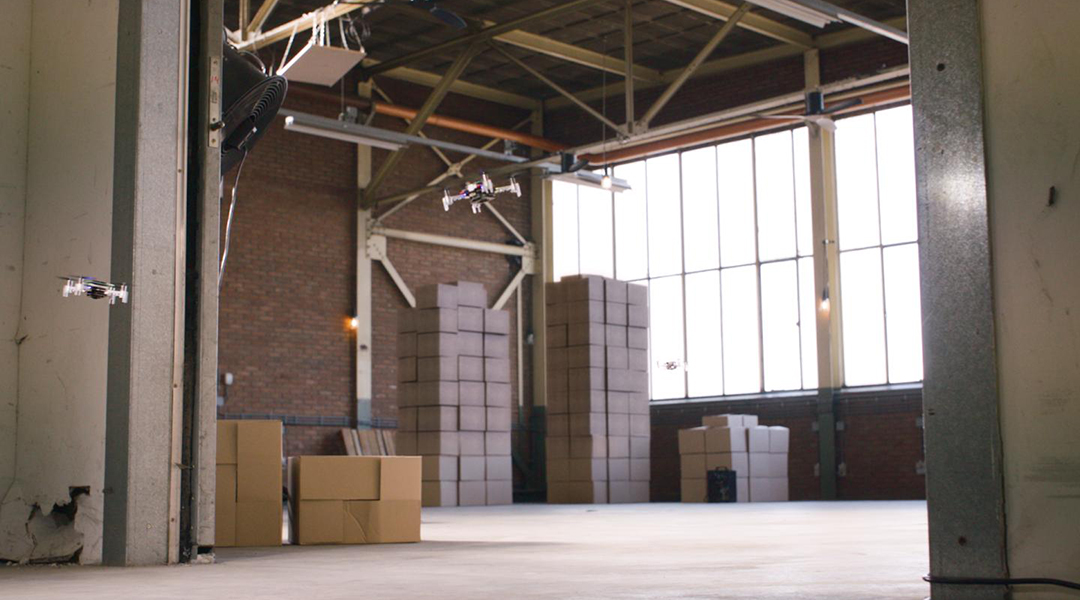
Using modified “CrazyFlie” drones, researchers develop a strategy for finding gas leaks more efficiently and without risk to human lives.
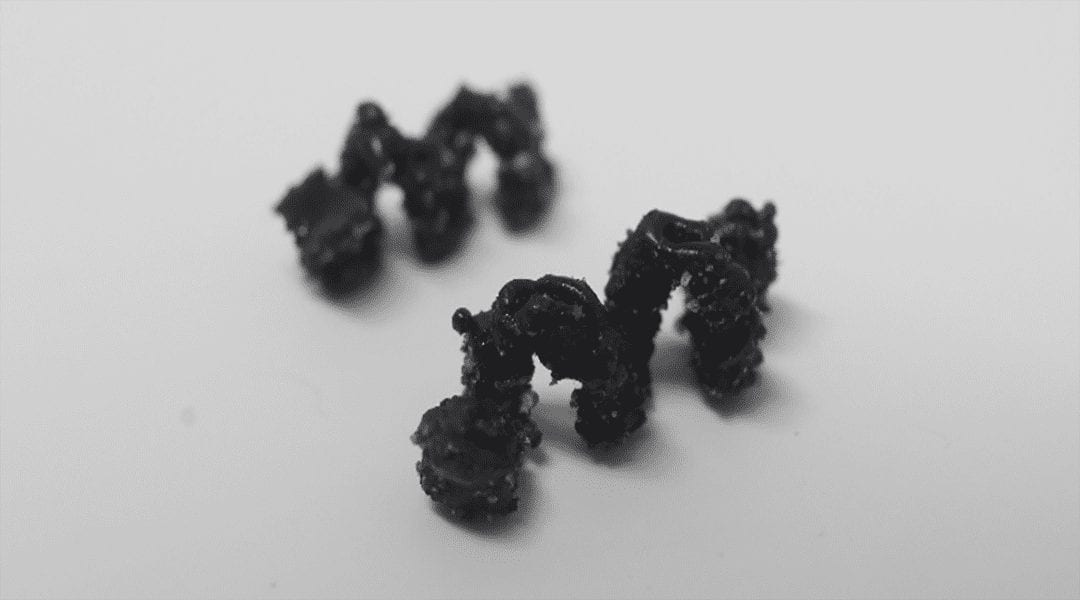
By mixing sugar and magnetic particles, researchers create biodegradable “CANDYBOTS” with potential applications in drug delivery and ingestible devices.

Czech researchers developed self-propelled microrobots that decompose complex solid pollutants, such as single use and disposable textile fibers.